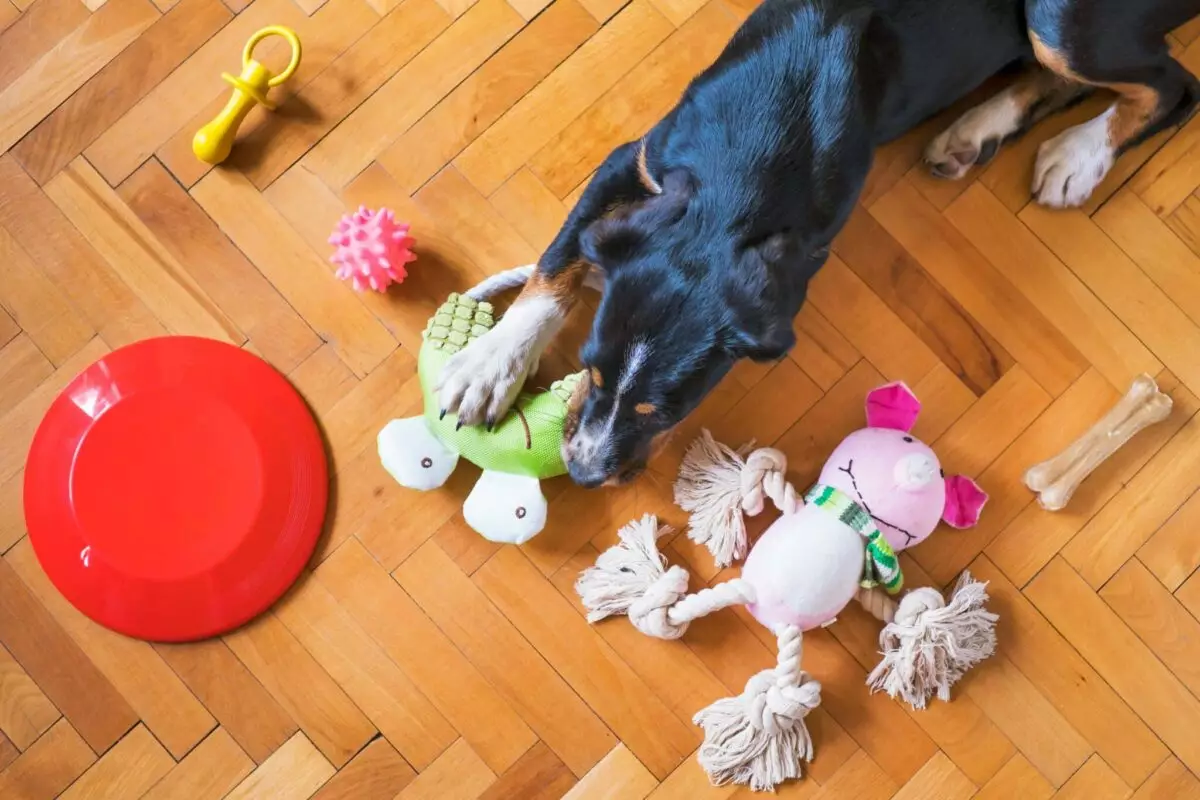In the world of canine companionship, the vast array of toys available for our furry friends often leaves pet owners curious about their dog’s preferences. From squeaky plush toys to resilient chewables, the toy choices of dogs seem whimsical at first glance, but a deeper psychological framework underlines these preferences. Just like humans, dogs possess distinct personalities shaped by instincts and experiences, and understanding these factors can enhance their playtime, comfort, and overall well-being.
At the heart of a dog’s fascination with specific toys lies an expression of their ancestral instincts. Many breeds exhibit preferences aligned with their original purposes. A terrier, for example, might relish a squeaky toy that mimics the faint sounds of prey, triggering their ancient hunting instincts. Meanwhile, herding breeds such as Border Collies may be irresistibly drawn to balls or frisbees that invite them to chase, reflecting their intrinsic drive to herd and control movements within their environment. Such instinctual attractions underscore that toy preference is not merely arbitrary; it is a deep-rooted response echoing their wild origins.
Several dogs develop strong emotional bonds with certain toys, often treating them as beloved companions or security blankets. This behavior is especially notable among puppies or dogs with separation anxiety, where plush toys can evoke comforting memories reminiscent of their littermates or mothers. The tactile softness of a favorite toy provides not only physical comfort but also an emotional anchor, offering solace in moments of distress. This attachment often manifests through behaviors like carrying the toy around, snuggling it during sleep, or grooming it—indicating a profound psychological reliance that owners should appreciate and nurture.
Intelligence is a noteworthy trait in many dog breeds, especially those like Border Collies or German Shepherds, renowned for their problem-solving skills. Puzzle toys cater to these intelligent canines by challenging them to exercise their cognitive abilities while simultaneously accessing treats. Engaging with these toys combats boredom, channeling the dog’s energy into purposeful play that not only enriches their lives but also helps combat behavioral issues stemming from inactivity. TheseMind-stimulating toys range from simple designs to more intricate puzzles, allowing dogs to find satisfaction in overcoming obstacles, further enriching their understanding of cause and effect.
Tugging, an instinctual form of play, thrives on social interaction, making tug toys delightfully engaging for many dogs. This cooperative activity not only satisfies physical needs but also strengthens the bond between dogs and their human counterparts. During tugging sessions, dogs release pent-up energy in a structured manner, which is especially beneficial for breeds with more competitive natures like Boxers and Staffordshire Bull Terriers. The joy of this shared experience enhances emotional bonds while allowing owners to engage in healthy physical activity with their pets.
A toy’s texture plays a significant role in how much a dog enjoys it. Dogs experience and interact with their environment predominantly through their mouths; hence, the feel of a toy can significantly affect its appeal. While some dogs may prefer the tenderness of plush toys, others might seek out the robust durability of hard rubber options. For breeds such as Labradors or Rottweilers who have a penchant for chewing, durable toys that can withstand relentless gnawing can be particularly satisfying. Moreover, this exploration through texture often serves a dual purpose: providing oral stimulation and promoting dental health, especially crucial for teething puppies.
Dogs possess an extraordinary sense of smell, which inevitably influences their toy preferences. Toys infused with enticing flavors, such as bacon or peanut butter, can particularly capture a dog’s attention, offering an additional layer of stimulation. For scent-driven breeds like Beagles, toys that incorporate appealing aromas become captivating sources of interaction. Even unscented toys might carry natural scents that attract dogs, underscoring the potency of a dog’s olfactory prowess in their playtime choices.
Toys can also serve as effective tools in training dogs, allowing owners to create positive reinforcement experiences. By consistently integrating specific toys into training sessions, pet owners can cultivate strong associations between desired behaviors and the toys themselves. Breeds that thrive on training, such as Retrievers and Border Collies, may develop a deeper affinity for toys linked to training routines, thus enhancing their engagement and joy in both play and learning.
As dogs mature, their toy preferences often evolve. Puppies, with their instinctual need to chew and explore, typically gravitate toward softer toys while older counterparts may favor gentler options that respect their aging teeth and gums. It’s critical for dog owners to adapt their toy selections according to their pet’s age, ensuring that the toys remain engaging and appropriate for their particular life stages, thus enhancing their quality of life.
Recognizing a dog’s toy preferences is more than just a matter of fun and games—it offers valuable insights into their personalities, instincts, and emotional needs. As pet owners, embracing this understanding allows for deeper engagement with our dogs, ensuring that their play experiences cater to their unique drives and desires. By fostering an environment filled with the right kinds of toys, we can effectively nurture our canine companions’ happiness, comfort, and overall well-being. Hence, the next time you witness your dog’s enchantment with a squeaky toy or a cherished plush, remember that this behavior is far more than idle play; it’s a meaningful aspect of their daily joy and fulfillment.

